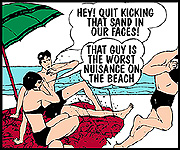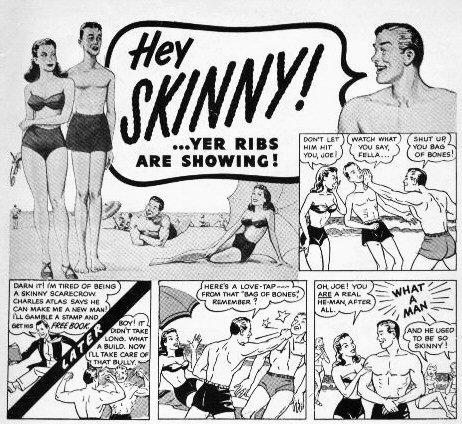French Lick Resort and West Baden Springs were at the center of the booming spring water industry in the United States during the early 1900's. These storied resorts played an enormous role in health and later fitness in the North American culture during a booming period. From the 1830's till the early 1980's many of the political and social elite flocked to see and be seen in this quiet valley.
Fitness and Leisure at West Baden included:
Creation of "The Eighth Wonder of the World"
In 1888 Lee W. Sinclair acquired controlling interest in the West Baden hotel and within a few years was its sole owner. He transformed it into a sophisticated resort, adding an opera house, a casino, a two-deck pony and bicycle track and a full-size baseball field.......The hotel offered something for everyone, including golf on two courses, horseback riding, billiards, bowling, baseball, swimming, hiking on scenic trails, bicycling, movies and nightly theater.
Recapture a little bit of a time gone by, I encourage anyone to explore the history of these resorts and continue to redefine your goals and expectations of health and fitness as you learn more about how the past 100 years has shaped your current beliefs and decisions about your "fitness" routine.
ppg


